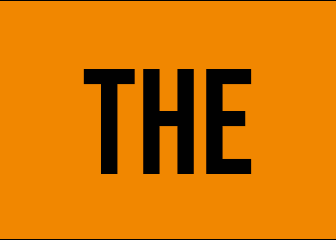Valpak’s head of procurement James Armitage gives his opinion on the PRN market
We are almost halfway through the compliance year for 2023, and a lot has happened across the last couple of months in the world of packaging compliance and PRNs. Maybe the biggest announcement was the postponement of the Scottish DRS, first to March 2024 and then to align with the rest of the UK DRS in 2025.
The impact on the PRN market was positive, as it confirmed that glass, aluminium, and PET drinks containers collected from Scotland could still generate a PRN during 2023. This was particularly good news for aluminium and glass, which would have been challenging for the year if that supply was removed from the system.
The other big development over the last week was a spike in the plastic volume for May, shown in the initial June monthly data release last week. The first release suggested over 150kt of plastic reprocessing and export happened in the last month, which would be an unprecedented volume of plastic PRN generation in a month. As a result of these figures, the plastic price PRN dropped from £310 per tonne to £260 per tonne very quickly.
However, it was a case of too good to be true, and the figures were rereleased a few hours later, showing the last month had been a more normal 96kt. As a result, plastic prices have risen again to the £300 per tonne level and will likely hover around that price as they have for the last few months until the Q2 data release. Based on the recent monthly data, more accredited reprocessors and exporters, Q2 volumes should see an uptick compared to Q1 and give confidence to a market that has been precarious over the last year.
Plastic hasn’t been the only material to yo-yo, with paper prices falling to as low as £10 per tonne off the back of very strong Q1 volumes and low live UK packaging obligation, but rising back to around £21 per tonne in the last few weeks. Given the strong Q1 and indicative monthly volumes, this seems a bit unexpected. It is likely that this increase in price has been caused by market concern around missing obligation, lower waste arisings and lower end market demand. If the Q2 data release tracks in line with the monthly data, it again should be a strong quarter of reprocessing strengthening the UK compliance position and put downward pressure on the paper PRN price.
Wood has tracked roughly in line with paper over the last couple of months, again decreasing to about £10 per tonne before rising to £20 per tonne. It is likely that it will continue to track roughly in line with paper, and the monthly data suggests another strong quarter, where the UK could meet its wood specific obligation by the end of June, leaving significant surplus for general recycling. This should alleviate some of the pressure on paper and general recycling.
From volatile narratives to materials that have been a lot steadier. Aluminium prices have remained around £200 per tonne since late April and look like they are set to continue at these levels until at least the Q2 data release. The Q1 volumes were significant, but in combination with the low carry forward volumes into 2023, there is a concern it will be a tight year. The data suggests reprocessing volumes continue to be at the levels required, and maybe tracking slightly above, so all producers, schemes and reprocessors will look towards the Q2 data for a steer on how the rest of the year will play out. Steel has seen prices continue to slowly drop, from around £40 per tonne in April to £30 per tonne now off the back of strong Q1 reprocessing volumes. The expectation is prices will continue to drop steadily as volumes remain strong.
Glass aggregate and remelt PRNs have dropped a bit over the last couple of months, holding steady across May and June so far trading at £100-£105 per tonne for glass aggregate and £125 per tonne for glass remelt. The UK quarterly run rate required will need to remain in the region of 400kt-450kt for Q2-Q4 depending on where the final obligation lands, so prices could remain stable in the short term until the UK position is known.




